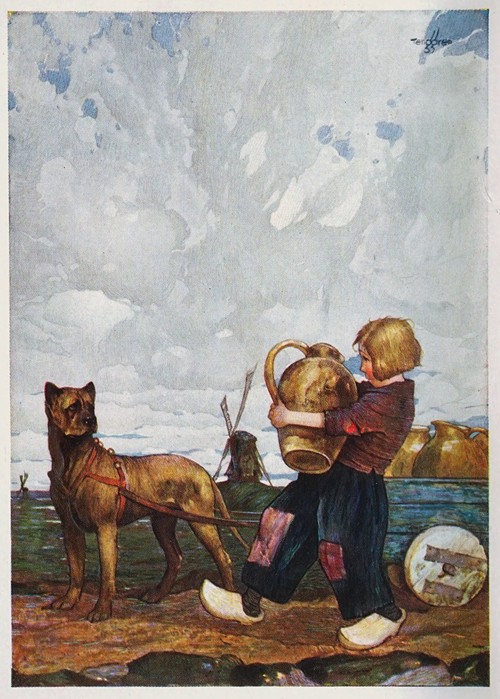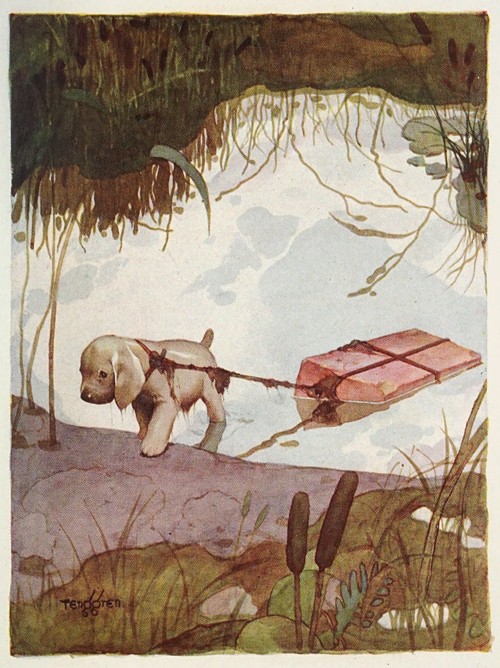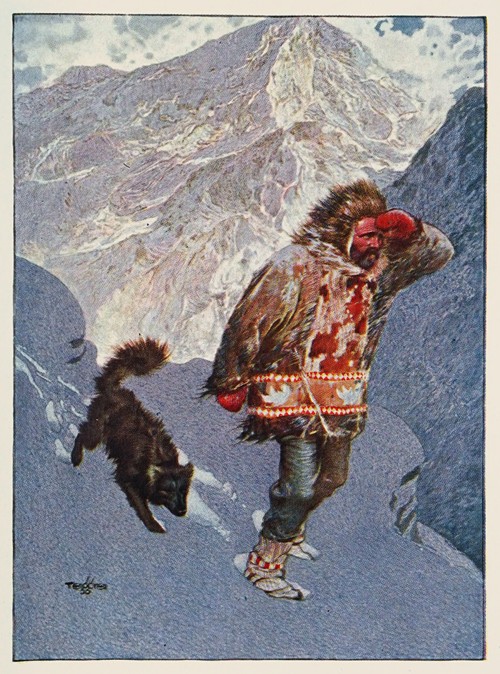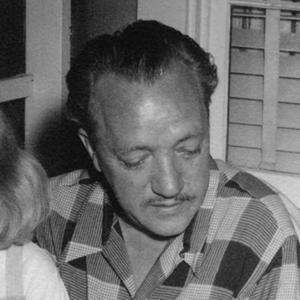






Gustaf Adolf Tenggren was a Swedish-American illustrator. He is known for his Arthur Rackham-influenced fairy-tale style and use of silhouetted figures with caricatured faces. Tenggren was a chief illustrator for The Walt Disney Company in the late 1930s, in what has been called the Golden Age of American animation, when animated feature films such as Snow White and the Seven Dwarfs, Fantasia, Bambi and Pinocchio were produced.
Gustaf Tenggren was born in 1896 in Magra parish (now part of Alingsås Municipality), in Västra Götaland County, Sweden. In 1913 he received a scholarship to study painting at Valand, the art school in Gothenburg, Sweden. Tenggren's early schooling and artistic influences were solidly grounded in Scandinavian techniques, motifs and myths; he worked with illustrating in the popular Swedish folklore and fairy tales annual Bland Tomtar och Troll ("Among Gnomes and Trolls"), where he succeeded illustrator John Bauer.
After his first exhibition in 1920, Tenggren immigrated to the U.S. where he joined his sister in Cleveland, Ohio. Moving to New York City in 1922, he made a name for himself in magazine illustration and advertising, while continuing to illustrate children's books.
In the 1920s, while continuing to illustrate a large number of children's books, Tenggren worked consistently in advertising up until the Great Depression; in 1936, he was hired by Walt Disney Productions, to work as a chief illustrator with Snow White and the Seven Dwarfs. Tenggren was not only a concept artist on this movie, but he did much of the illustrations for the non-animated tie-ins to the film, most notably the serialized version of Snow White which was featured in two successive issues of Good Housekeeping just prior to the film's release. He later worked with productions such as Bambi and Pinocchio, as well as backgrounds and atmospheres of films such as The Ugly Duckling and The Old Mill.
Although his work for the studio was still that way, Tenggren never painted in the Rackham fairy-tale illustration style again after he left the Disney. From 1942 to 1962, Tenggren worked for Little Golden Books with illustrations for children's books such as Saggy Baggy Elephant, Tawny Scrawny Lion, The Shy Little Kitten, Little Black Sambo, and The Poky Little Puppy, which became the single all-time best-selling hardcover children's book in English; and "King Arthur and the Knights of the Round Table," Emma Gelders Sterne's retelling of the Arthurian Legend. During these years his production increased, as did the marketability of his name with a stream of Tenggren books.
After he moved to the United States in 1920, he never returned to Sweden again. Gustaf Tenggren died in 1970 at Dogfish Head in Southport, Maine.
Although the name Gustaf Tenggren remains relatively unknown, his work is widely recognized, both that in the Disney films and his work in the Little Golden Books. After his death, much of his non-Disney art was donated to the University of Minnesota to be included in the Kerlan Collection, a special library focusing on children's literature.
In memory of Gustaf Tenggren, a 9-meter (30 ft) bronze sculpture of Pinocchio, designed by the American pop artist Jim Dine, has been erected in downtown Borås, a city south of Tenggren's birthplace. At the cost of SEK 9.5 million, the Pinocchio sculpture was supposed to be paid for by private donations. The statue was erected on a tiered pedestal at the beginning of Allégatan, a main street in the center of Borås at the start of the Borås Festival of the Arts on May 16, 2008.




